University SOC 230: Critical Response Memo on Stress and Health
VerifiedAdded on 2022/08/28
|5
|991
|20
Homework Assignment
AI Summary
This critical response memo analyzes Thoits' (2010) research on stress and health, addressing the research question of how meso and macro-level interventions can mitigate stressors. The memo outlines Thoits' methods, including the use of physiological responses and social readjustment scales to measure stress. It identifies three policy implications: altering stress-creating contexts, improving predictive power of stress theory, and incorporating the cumulative advantage/disadvantage of stress. The memo evaluates the strengths and weaknesses of Thoits' work, including the need for further research on neighborhood impacts and the limitations of stress theory in predicting specific outcomes. The analysis emphasizes the importance of understanding how stressors affect health inequalities and the potential for policy interventions to improve individual well-being and address structural issues. The assignment covers the impact of stressors on health and well-being, which can be reduced when persons have high levels of mastery, self-esteem, and/or social support.
1 out of 5
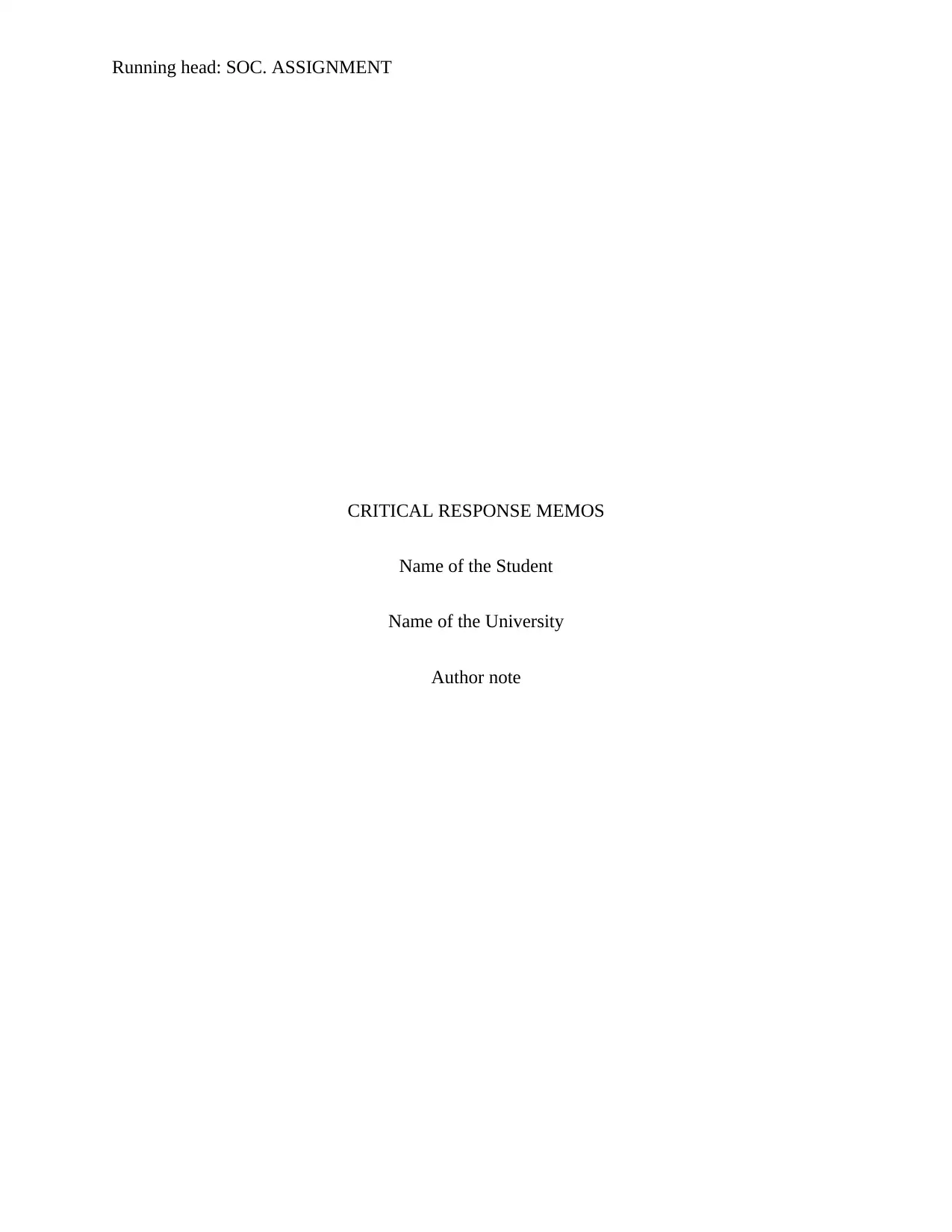
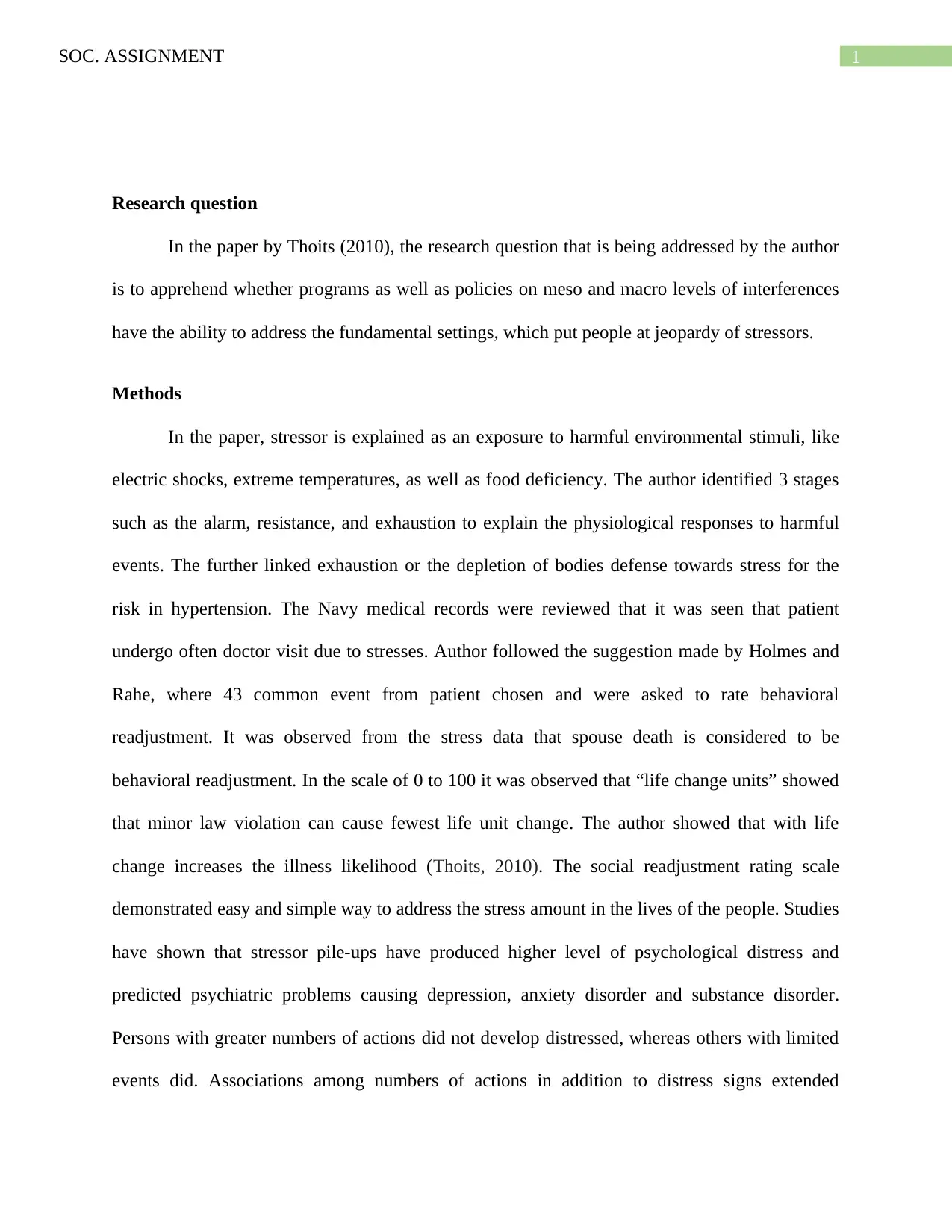
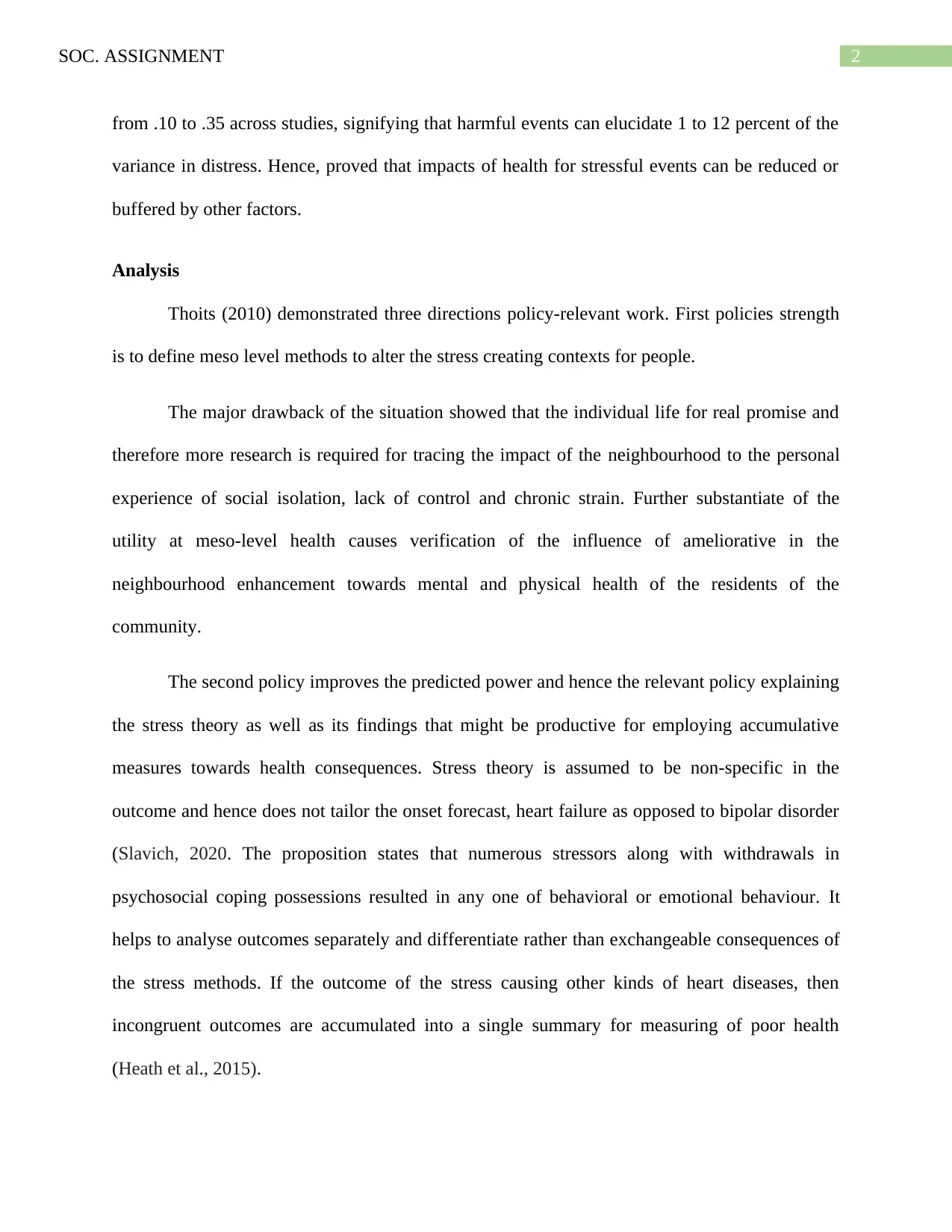

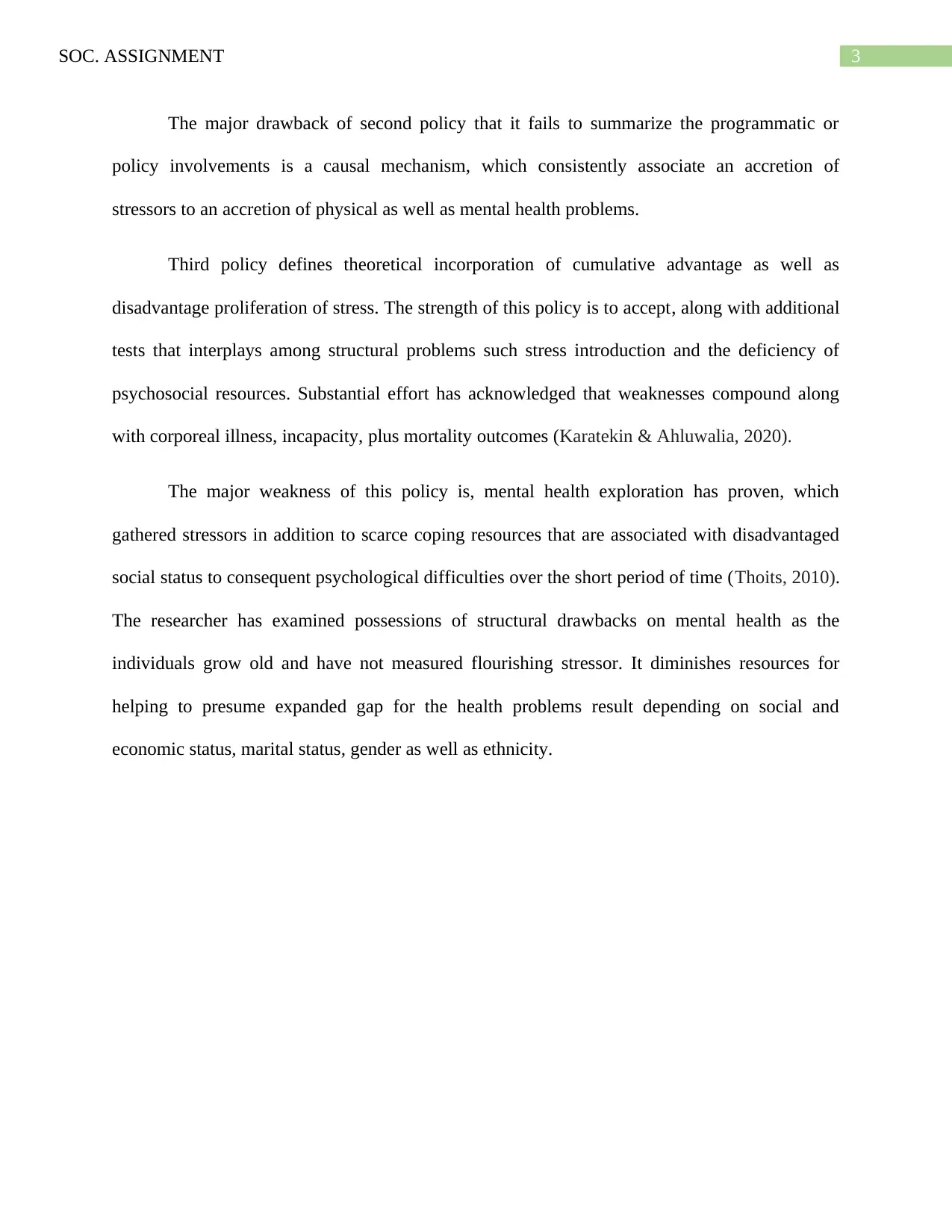
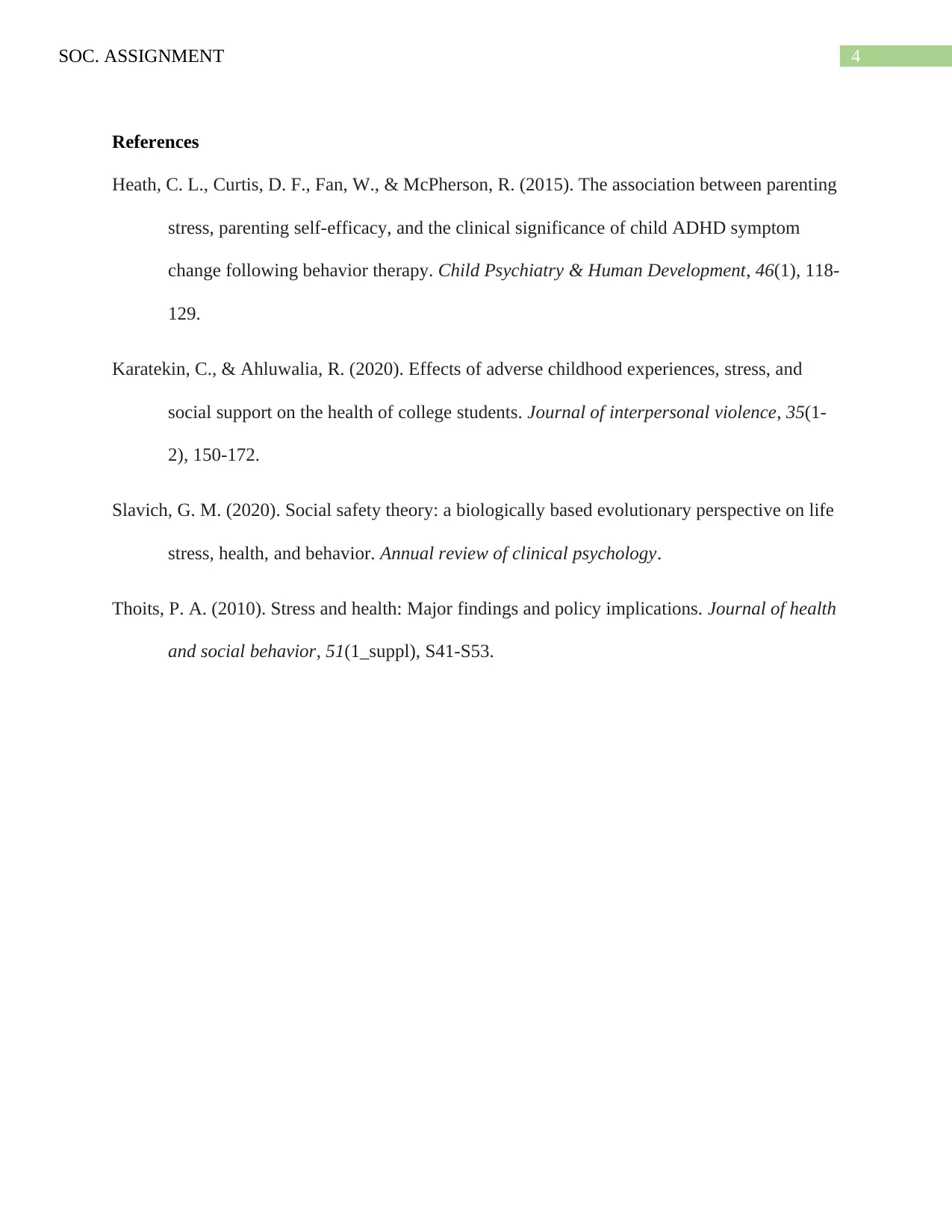


![[object Object]](/_next/static/media/star-bottom.7253800d.svg)